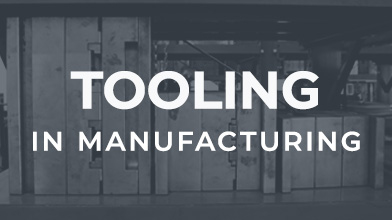Transcript
Welcome to 2 Minutes To Launch. My name is Terry and today we'll be talking about how manufacturing lead times are determined.
I'm talking about the entire time from your order placement to the delivery of finished goods, when I'm talking about lead time.
Manufacturing can't begin until all components and materials are in-house. The primary driver to the overall schedule is going to be the component lead times. Usually, there are just a few items on the bill of materials that set the overall schedule.
Quite often, you can make a choice between price and availability of those long lead time items. Usually, the lowest price can be had by going directly to the manufacturer. But quite often, that comes with the longest lead time.
It's very common to buy parts through distribution, maybe at a little bit of a price premium, in order to significantly shorten the schedule.
Other things to consider when looking at component lead time are the local holidays where your suppliers are based, things like Chinese New Year as an example. There's some other items that can sneak up on you, like global pandemics, that you might not be able to prepare for but could wreak havoc on your supply chain.
The second part that we'll talk about today is the actual assembly itself.
So the operations of injection molding, surface mount for printed circuit board assemblies, testing, packaging - all of those things take time.
You also have to get onto the schedule at the factory. Depending on the production capacity at the moment, it may only take a week to make the product, but it might take two weeks to get it scheduled.
As a general rule of thumb, we like to say 3 to 4 weeks after all materials are in-house, is a good estimate for production timing.
Lastly we'll talk about logistics. Where are the goods being made and where are they shipping to? For example, if you are taking goods from Hong Kong into the United States, you'll have to take that time into account.
Are you shipping air or ocean? That's going to be the difference of a few days versus a few weeks.
And ultimately, where are those goods going from the port? Do they go through a distribution center onto a retail shelf? Or do they go through a third party logistics or fulfillment center before they make their way to an end customer?
All of those things combined go into determining your manufacturing lead time.
Thanks again for watching, this has been 2 Minutes To Launch. We'll see you next time.


